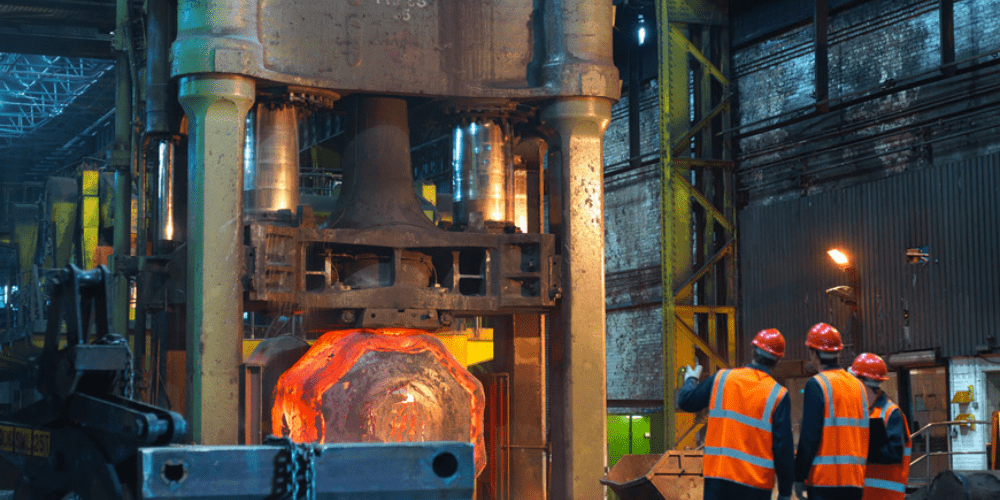Hot die forging is a metal forming process that involves heating a metal workpiece to a high temperature and then placing it into a die. The die is then closed and the workpiece is compressed between the two halves of the die, resulting in the desired shape.
Cold forging:
Cold forging is a metal forming process that uses high pressure and dies at room temperature to shape a metal workpiece. Unlike hot forging, which involves heating the metal to high temperatures before shaping it, cold forging can be performed at ambient temperatures. This process is particularly effective for producing complex shapes and achieving tight tolerances. Get yours at https://www.cxinforging.com/.
Electric bike parts forging benefits
The benefits of electric bike parts forging include:
Superior strength and durability:
Forged parts have a more uniform grain structure, resulting in superior strength and toughness compared to other manufacturing processes.
High precision and accuracy:
Forging allows for precise control over the final dimensions and surface finish of the part, resulting in parts that meet tight tolerances.
Cost-effective manufacturing:
Forging can reduce material waste and energy consumption compared to other manufacturing processes, resulting in cost savings for both suppliers and customers.
Large-scale production capabilities:
With the use of high-speed forging machines and automation, large quantities of parts can be produced quickly and efficiently.
Increased product lifespan:
The durability and strength of forged parts can result in a longer product lifespan, reducing the need for frequent replacements and lowering overall costs.
Moreover, electric bike parts forging offers a highly effective method of manufacturing that can result in high-quality, reliable parts that meet the performance and durability requirements of the electric bike industry.
Process and effectiveness of cold forging process:
The process of cold forging begins with a metal workpiece, which is placed into a die. The die is then struck with a punch or hammer, applying high pressure to the workpiece and forcing it to take the shape of the die. The process is repeated several times until the desired shape is achieved. Cold forging can be used to create a wide range of shapes, including gears, shafts, and other small to medium-sized parts.
Benefits:
The benefits of cold forging include:
Improved strength: The cold forging process can produce parts with superior strength compared to parts produced by other metal forming processes.
Improved dimensional accuracy:
Cold forging can produce parts with high dimensional accuracy and consistency, even for complex shapes.
Reduced material waste:
Cold forging produces less scrap and waste material compared to other metal forming processes, resulting in cost savings and environmental benefits.
Faster production times:
Cold forging can produce parts at a faster rate than other metal forming processes, reducing production times and increasing productivity.
Reduced need for secondary operations:
Cold forged parts typically require less secondary machining and finishing compared to parts produced by other metal forming processes, resulting in cost savings and faster turnaround times.
Eventhough, cold forging is an effective method of producing high-strength, complex-shaped parts with high dimensional accuracy and consistency. The process is particularly well-suited for small to medium-sized parts and can result in cost savings and environmental benefits.

